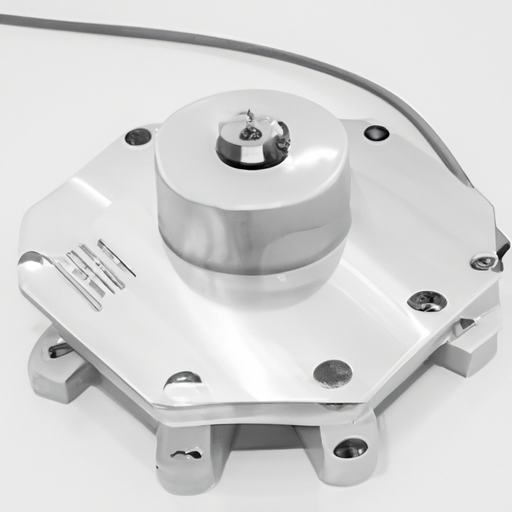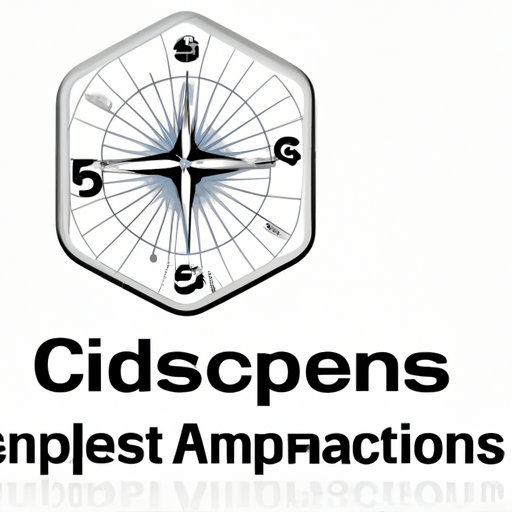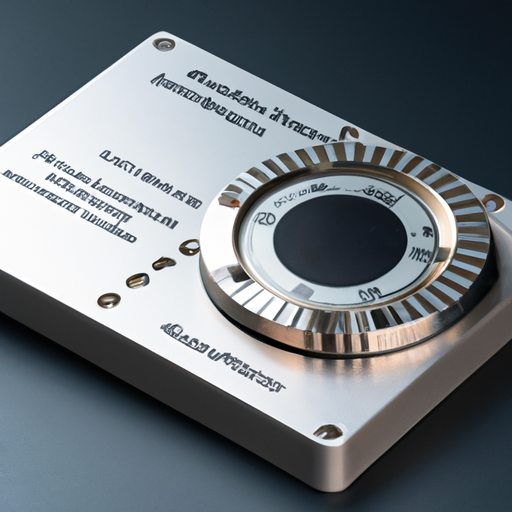
Reflective Application Development for CFR-25JB-52-15R: Key Technologies and Success StoriesReflective application development, particularly in the context of CFR-25JB-52-15R, focuses on creating adaptable and maintainable applications that can evolve with changing requirements in the aviation and aerospace sectors. CFR-25JB-52-15R likely refers to a specific regulatory standard that emphasizes safety, reliability, and compliance in aviation software systems.
Key Technologies in Reflective Application Development1. Model-Driven Development (MDD)2. Aspect-Oriented Programming (AOP)3. Dynamic Language Runtime (DLR)4. Service-Oriented Architecture (SOA)5. Microservices6. Containerization and Orchestration7. Continuous Integration/Continuous Deployment (CI/CD)1. Boeing's 787 Dreamliner2. NASA's Software for Space Missions3. Airbus A350 XWB4. General Electric (GE) Aviation5. Lockheed Martin's F-35 Program Success Stories ConclusionReflective application development in the context of CFR-25JB-52-15R underscores the importance of adaptability, compliance, and safety in aviation software systems. By leveraging key technologies such as MDD, AOP, SOA, and CI/CD, organizations can create robust applications that meet regulatory standards while remaining flexible to future changes. The success stories from industry leaders like Boeing, NASA, Airbus, GE Aviation, and Lockheed Martin illustrate the effectiveness of these approaches in real-world applications, highlighting the critical role of reflective development in advancing aviation technology.

Overview of Gyroscope Technology: CFR-25JB-52-15K ModelThe CFR-25JB-52-15K is a specific model of gyroscope that exemplifies the advanced capabilities of modern gyroscopic technology. While detailed proprietary information about this model may not be publicly available, we can explore the general principles, functionalities, and applications of gyroscopes, including potential use cases relevant to the CFR-25JB-52-15K.
Core Functional Technology of Gyroscopes1. Principle of Operation2. Types of Gyroscopes3. Key Features1. Aerospace and Aviation2. Automotive3. Consumer Electronics4. Robotics5. Marine Navigation6. Virtual Reality (VR) and Augmented Reality (AR)1. Aerospace Navigation2. Smartphones3. Autonomous Vehicles4. Drones Applications of Gyroscopes Development Cases ConclusionGyroscopes, including models like the CFR-25JB-52-15K, are vital components in a wide array of technologies and applications. They provide essential data for navigation, stabilization, and motion sensing across various industries. As advancements in gyroscopic technology continue, particularly in MEMS and optical systems, their applications are expanding, enhancing performance and enabling new capabilities. For specific articles and case studies related to the CFR-25JB-52-15K gyroscope, consulting technical journals, manufacturer documentation, and industry reports would be beneficial.

Application Development in Linear Technology's Compass ICs for CFR-50JB-52-15KThe development of applications using Linear Technology's Compass integrated circuits (ICs), particularly the CFR-50JB-52-15K, involves a strategic approach that harnesses advanced technologies to create innovative solutions across various industries. Below is a detailed overview of the key technologies and notable success stories that illustrate the impact of these ICs.
Key Technologies1. Analog Signal Processing2. Power Management3. Data Conversion4. Communication Interfaces5. Embedded Systems6. Sensor Integration1. Medical Devices2. Industrial Automation3. Consumer Electronics4. Automotive Applications5. Smart Home Devices Success Stories ConclusionThe application development using Linear Technology's Compass ICs, particularly the CFR-50JB-52-15K, demonstrates the versatility and effectiveness of these technologies across various sectors. By leveraging advanced analog processing, power management, and communication capabilities, developers can create innovative solutions that meet the demands of modern applications. The success stories highlight the significant impact of these technologies in improving product performance, enhancing user experience, and driving market growth, showcasing the potential for future advancements in the field.










